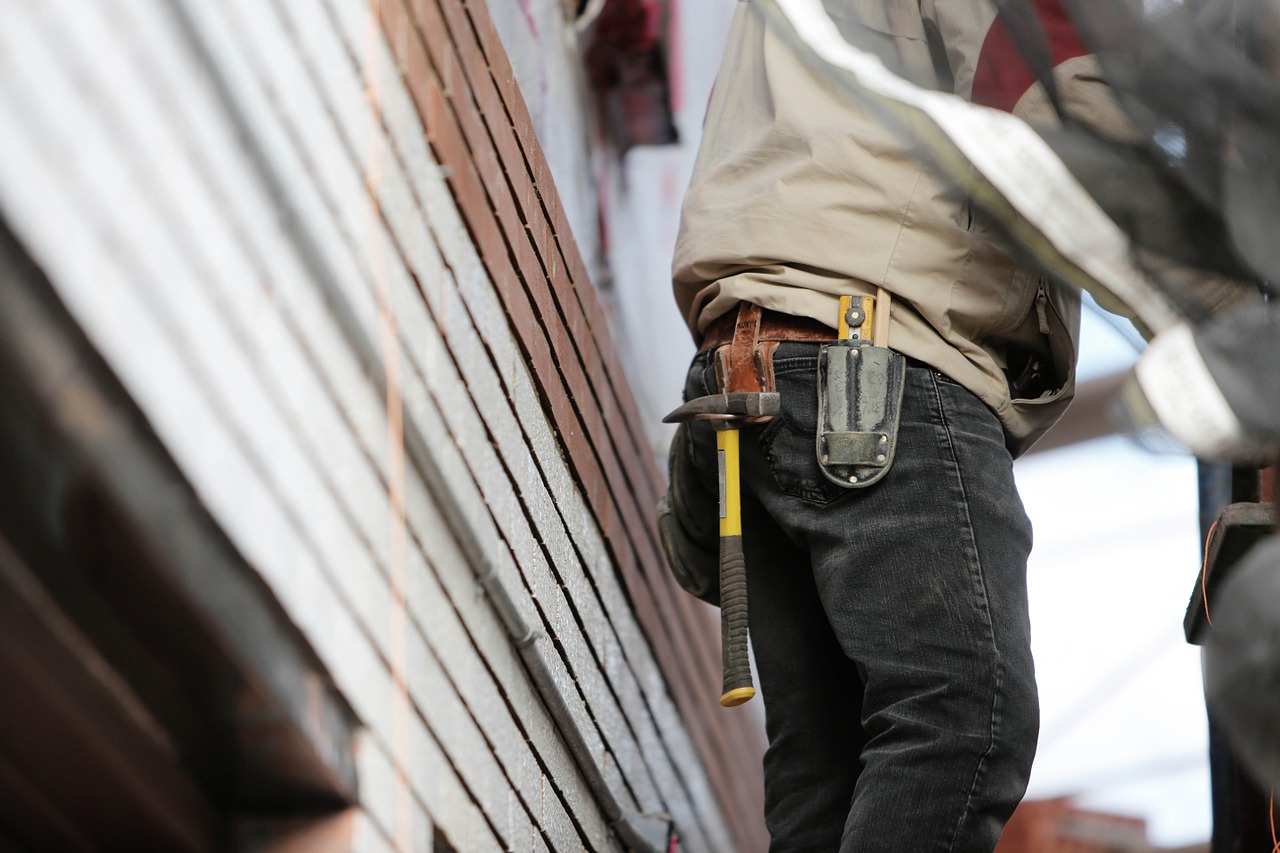Construction output shows fastest upturn since April 2022

Business activity growth across the UK construction sector during September accelerated to its fastest for nearly two-and-a-half years, according to new figures.
New work also expanded markedly, with rising demand attributed to increased willingness to spend among clients and a more supportive economic backdrop.
The headline S&P Global UK Construction Purchasing Managers’ Index (PMI) posted 57.2 in September, up from 53.6 in August and above the neutral 50.0 threshold for the seventh successive month. The latest reading signalled a strong upturn in total construction activity and the steepest rate of growth for 29 months.
Faster rates of output growth were seen in all three sub-sectors monitored by the survey in September. Civi engineering (index at 59.0) was the best-performing category. Survey respondents commented on robust demand for renewable energy infrastructure and a general uplift in work on major projects.
Commercial building (55.2) also gained momentum in September, with output levels rising to the greatest extent since May. A number of firms noted that lower borrowing costs and domestic political stability had a positive impact on client spending, although survey respondents also noted tight budgets.
Improving market conditions and rising confidence helped to boost house building in September (54.3). The latest upturn in residential work was the fastest since March 2022, but still softer than seen elsewhere in the construction sector.
Total new orders expanded at the strongest rate for two-and-a-half years in September. Greater workloads encouraged additional staff recruitment, despite some firms noting that cost pressures had led to delays with the replacement of voluntary departures. Employment levels have now increased in four of the past five months.
Demand for construction products and materials meanwhile increased at a solid pace. The latest expansion of input buying was one of the fastest seen since early 2022. Suppliers’ delivery times nonetheless shortened again in September, which was linked to rising stocks among vendors. Some construction companies noted concerns about the outlook for steel prices and supply conditions due to recent closures of domestic blast furnaces.
Overall input prices increased for the ninth month running and at the steepest rate since May 2023. Construction companies commented on higher prices paid for a range of raw materials, as well as the pass-through of higher wages by suppliers Rates charged by subcontractors nonetheless increased only marginally and at the slowest pace so far in 2024.
Finally, business activity expectations for the year ahead remained upbeat in September despite slipping to the lowest since April. Optimism was often centred on prospects fo sustained growth in the housebuilding sector.
Tim Moore, economics director at S&P Global Market Intelligence, said: “UK construction companies indicated a decisive improvement in output growth momentum during September, driven by faster upturns across all three major categories of activity.
“A combination of lower interest rates, domestic economic stability and strong pipelines of infrastructure work have helped to boost order books in recent months.
“New project starts contributed to a moderate expansion of employment numbers and a faster rise in purchasing activity across the construction sector in September. However, greater demand for raw materials and the pass-through of higher wages by suppliers led to the steepest increase in input costs for 16 months.
“Business optimism edged down to the lowest since April, but remained much higher than the low point seen last October. Survey respondents cited rising sales enquires since the general election, as well as lower borrowing costs and the potential for stronger house building demand as factors supporting business activity expectations in September.”
Jordan Smith, technical director at Thomas & Adamson, said: “It’s encouraging to see a significant increase to construction output in the latest UK Construction PMI data, indicating a strong level of confidence returning to the sector. The large rise in civil engineering and interest in renewable infrastructure, in particular – along with the boost to housebuilding – suggest the recovery is broadening out, and that the government’s commitments to investment are translating into real projects.
“It’s critical that this commitment is maintained, however, to meet the needs of the industry and avoid projects being paused or stuck in their infancy. Respondents to the survey noting greater political stability, while interest rates beginning on a downward trajectory should hopefully create a more predictable funding environment, enabling more projects to get off the ground. A potential issue to be closely monitored is cost inflation rearing its head once again, which developers will need to consider carefully in their project plans.”























